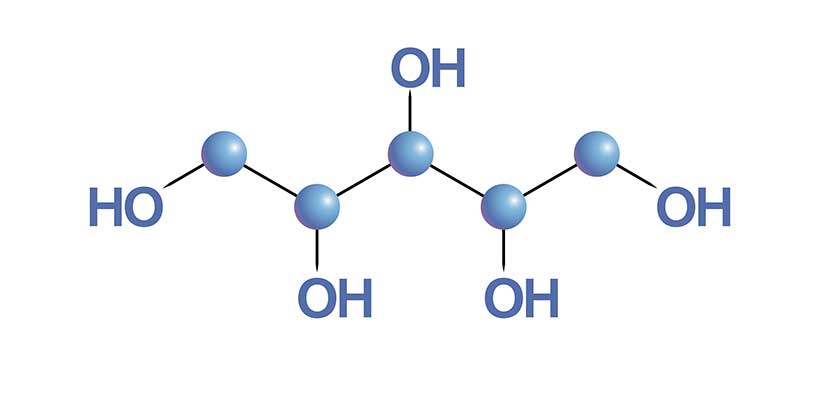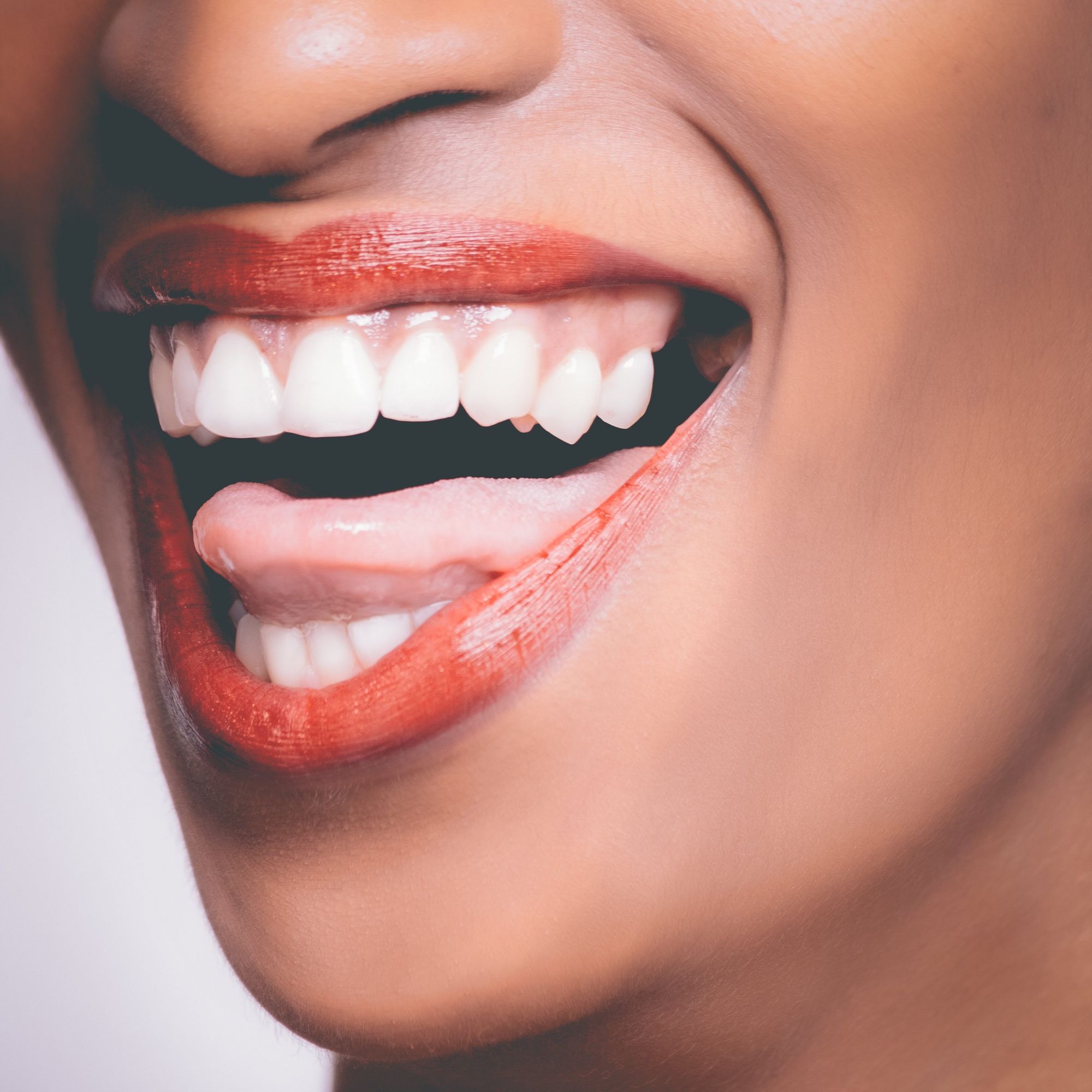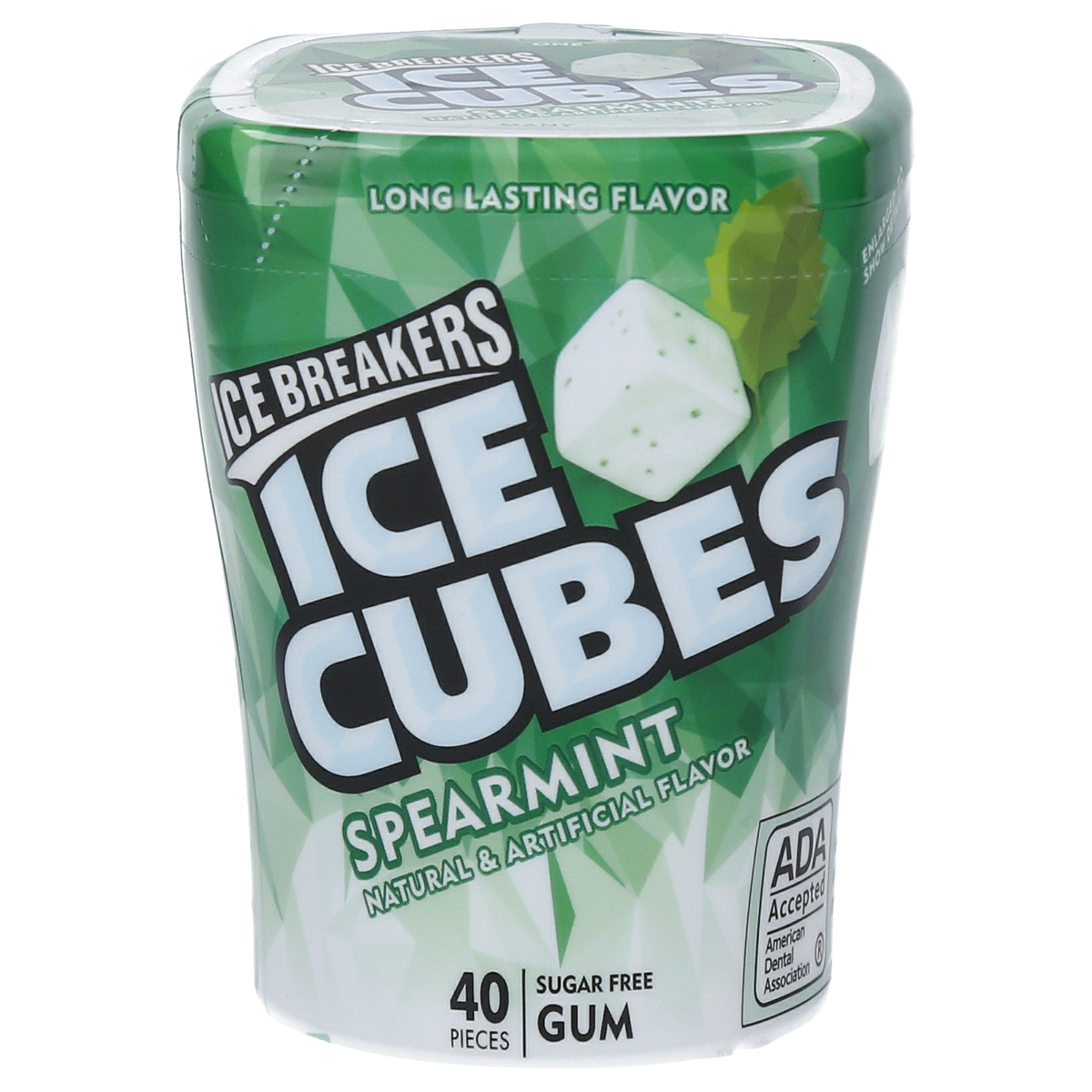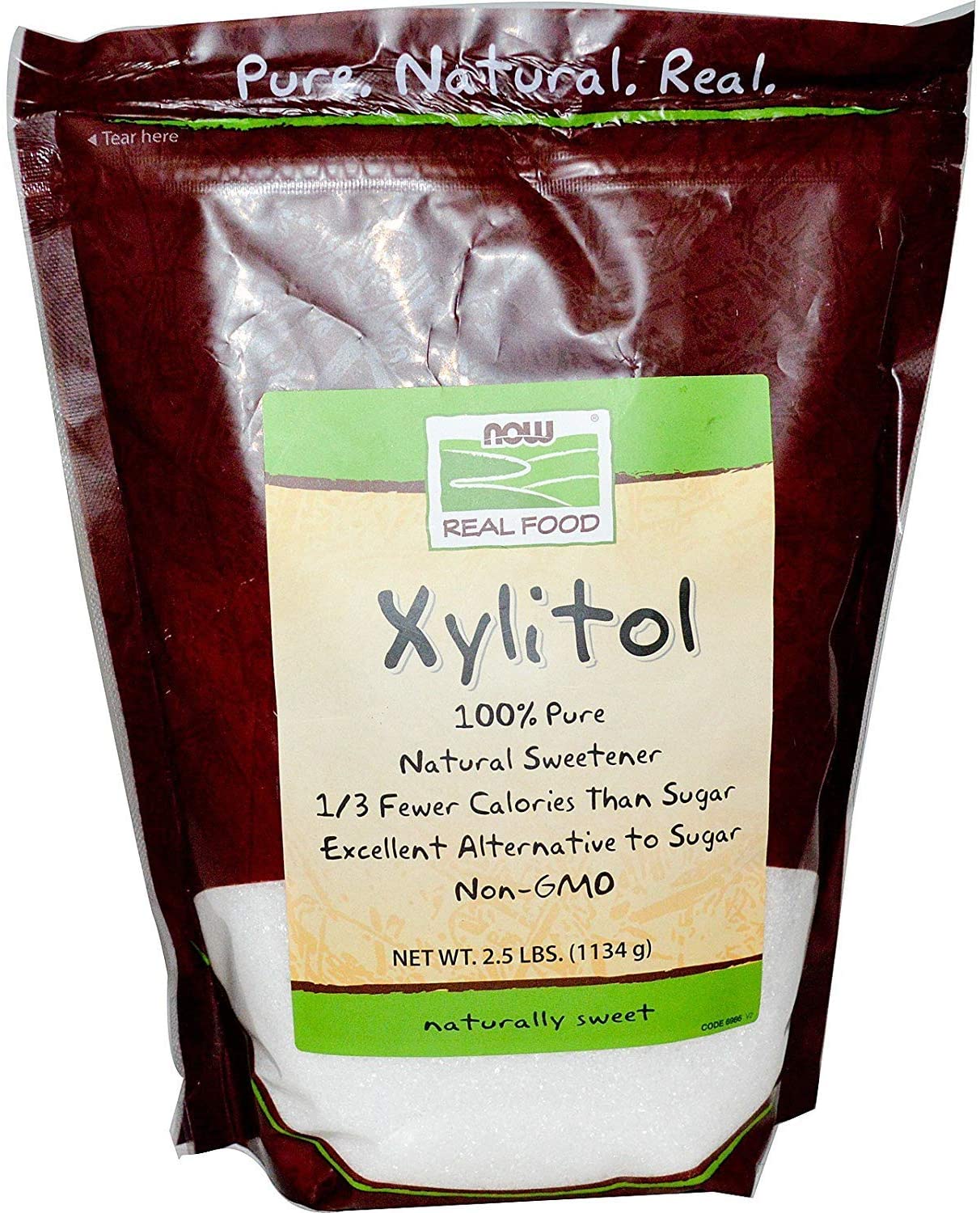Xylitol is the single best thing you can add to your oral hygiene regimen today.
Introduction
I have struggled with bad breath my entire life. My sub-par oral hygiene habits no doubt play a role. However, I also have come to believe that lack of information also plays a role. Despite a relatively robust career visiting the dentist, not once have I ever heard the word xylitol uttered. This is surprising, if not shocking, given that my own experience with it, but also an enormous body of research, indicates that it may be an incredibly useful addition to a robust oral hygiene routine.
What is it
Xylitol is a chemical compound; it is a sugar alcohol; specifically, it is an alditol. It is used primarily as a food additive and a sugar substitute. Xylitol is perfectly safe for human ingestion, but it should be noted that it is incredibly lethal to dogs even in tiny quantities, so be careful not to let your dog get into it.

Xylitol is useful in the oral cavity because, as a sugar-like substance, the “bad bacteria” in our mouths, namely the Streptococcus Mutans, which is responsible for plaque formation, feed voraciously on xylitol just as it does on any sugar that is introduced into our mouth.
But there is a twist. Xylitol cannot be metabolized by S. Mutans. As such, the bacteria “eats” the xylitol, filling itself with something it cannot metabolize. And so, the S. Mutans dies off. This leaves your mouth with less of it. Less S. Mutans (and other harmful bacteria) is ostensibly the goal of the brushing, flossing, swishing, and scraping that the dentist tells you to do more of each time you see him.
How It Can Help
While xylitol is by no means a replacement for the mechanical interventions outlined above, it is, in my experience, a great addition to a well-rounded oral hygiene regimen. I would surmise that continued use of xylitol probably encourages patients to pursue better oral hygiene habits. Take, for example, a patient who never flosses. He complains that it “hurts” and that the bleeding disturbs him. You explain that if he flosses daily, the bleeding will subside. But the patient never gets that far. Even if they start, they don’t persist long enough to get to the other side.
Well, here enter xylitol. It has been my experience and the experience of several people that I know that one week treating with xylitol will make that first flossing session (after a long pause) orders of magnitudes less painful and an entirely less bloody affair. This “first outing,” being of a completely different character, could have enormous psychological and behavioral benefits to the patient.
Mouthfeel
But that’s just the start. Xylitol radically reduces the amount of S. Mutans in the mouth. This contributes positively, over time (and not much time at all), to what I call mouthfeel. Mouthfeel is, in essence, the textured character of a person's mouth. In romantic partners, you get a sense of their mouthfeel when you kiss them. Poor mouthfeel comes from thick biofilm, especially that upon the tongue.

Excellent mouthfeel comes from a lack of biofilm. When you treat yourself with xylitol, you are starving the bacteria that are always working to lattice your mouth in biofilm. Feed them empty calories, watch them starve, and be amazed at the results.
How do you do it?
Well, xylitol is just a chemical compound; as such, it comes from a variety of sources; it’s even secreted inside our bodies, in small quantities. The most obvious choice is gum. You may have noticed the new brand PUR gum on the shelves at your local gas station. This is xylitol gum, but it's terrible, and I do not recommend it. The reason is that an actual gum company with a track record, Wrigley, makes a xylitol gum that contains even more xylitol than the PUR variety.
But the gum that is the healthiest for you is going to shock you. Yes, it’s the gum that looks like it must be utter candy and, therefore, the worst for your mouth. It’s Icebreakers Ice Cubes. These bad boys contain 1.2mg of xylitol per serving. And the best part, it doesn’t taste terrible or lose its flavor in 40 seconds like PUR. What’s more, it’s widely available.

Indeed, one study recommends chewing xylitol gum after each meal. I have been doing so, just for 5-10 minutes after each meal, for the last month and it appears to help enormously.
As Mouthwash
But the best method is the following. Buy yourself some crystallized / granulated xylitol. Now, take a teaspoon of xylitol, pour it in your mouth. Your mouth will quickly produce a ton of saliva, and you will essentially have a mouth full of xylitol mouthwash. Swish and gargle just as you would Listerine. You can swallow it if you wish, but just be advised that it may temporarily cause some gastric upset. Although you will get used to it in a week, if you want to. You can also just spit it out like you would Listerine.

I've been using this method morning and night for a month and my most recent hygiene appointment went incredibly well, despite no real changes in frequency of flossing, except for the customary "I've got a dentist appointment in 3 days, better start flossing." In fact, when I endeavored on my pre-appointment flossing sprint, I was shocked to experience almost no bleeding, despite the long hiatus from flossing, this has never been the case in the past.
What's more is that the time the hygienist spent cleaning was noticeably shorter. Effort exerted during scaling was also noticeably less vigorous. And the discomfort I experienced throughout the process was radically reduced.
On Awareness
In speaking with several dentists, I was somewhat shocked, but not surprised, that professionals in the space had, in the best case, only cursory knowledge of xylitol.
So, some peer-reviewed research...
- Pub Med - Search for "Xylitol"
- The caries preventive effect of 1-year use of low-dose xylitol chewing gum. A randomized placebo-controlled clinical trial in high-caries-risk adults - NCBI 2017
- Effectiveness of xylitol and polyol chewing gum on salivary streptococcus mutans in children: A randomized controlled trial - NCBI 2018
- The effect of xylitol on dental caries and oral flora - NCBI 2014
And some front-line reporting...
- Xylitol and Oral Care - Ontario Dental Hygienists Association
- Xylitol: The Biggest Game Changer for Dental Hygiene - Spear Education
- Xylitol for a Healthier Smile, and a Healthier Life - Park Family and Cosmetic Dentistry
No doubt much more research is required. But without baseline understanding at the front lines of dentistry, progress on such efforts will be far too slow.
Conclusion
It’s a shame that at 33, I am only now discovering xylitol; I cannot help but wonder how many fewer fillings I would have required had I started on it sooner. Perhaps one of the dentists I spoke to about xylitol will now try xylitol on themselves. The practice of science can be rejuvenated in the twenty-fist century.
But in order for true scientific inquiry to reign supreme once more, the yoke of scientism must be thrown off. A good first step is mild self-experimentation. Imagine if Jonas Salk had not injected himself and his family, in addition to the children he was treating, with his polio vaccine.
There is enough research, anecdotal reporting, and evidence of safety to justify a one week trial. I am due back for a filling repair in a week, perhaps my dentist will have tried xylitol when next I see him.
For my part, I have begun flossing each night. I find the process far less uncomfortable and unsightly. No doubt a result of both my recent cleaning and my continued xylitol use. But I suspect that the synergistic feedback loop between routine xylitol use and consistent flossing will help keep my oral hygiene routine the best it's ever been.


Join the conversation